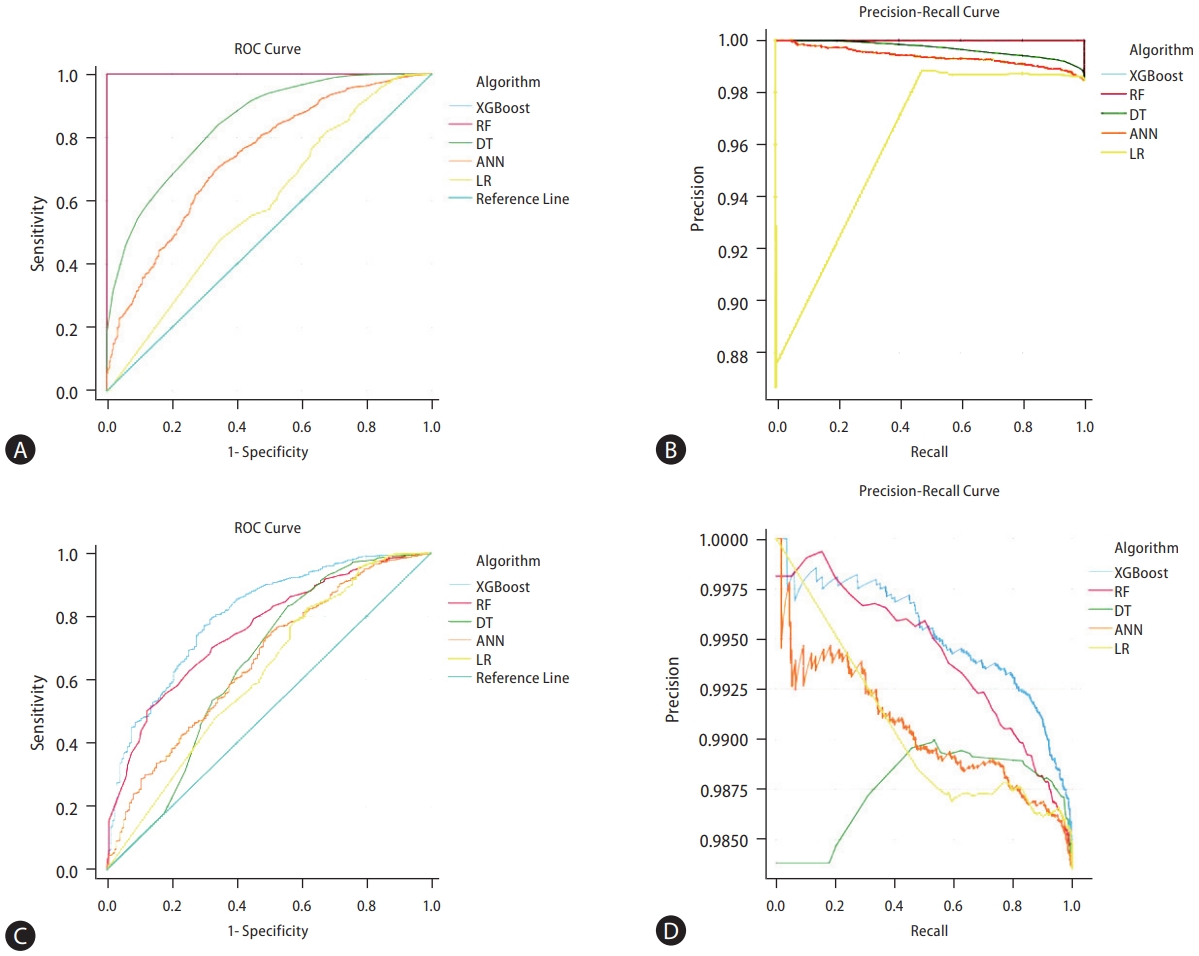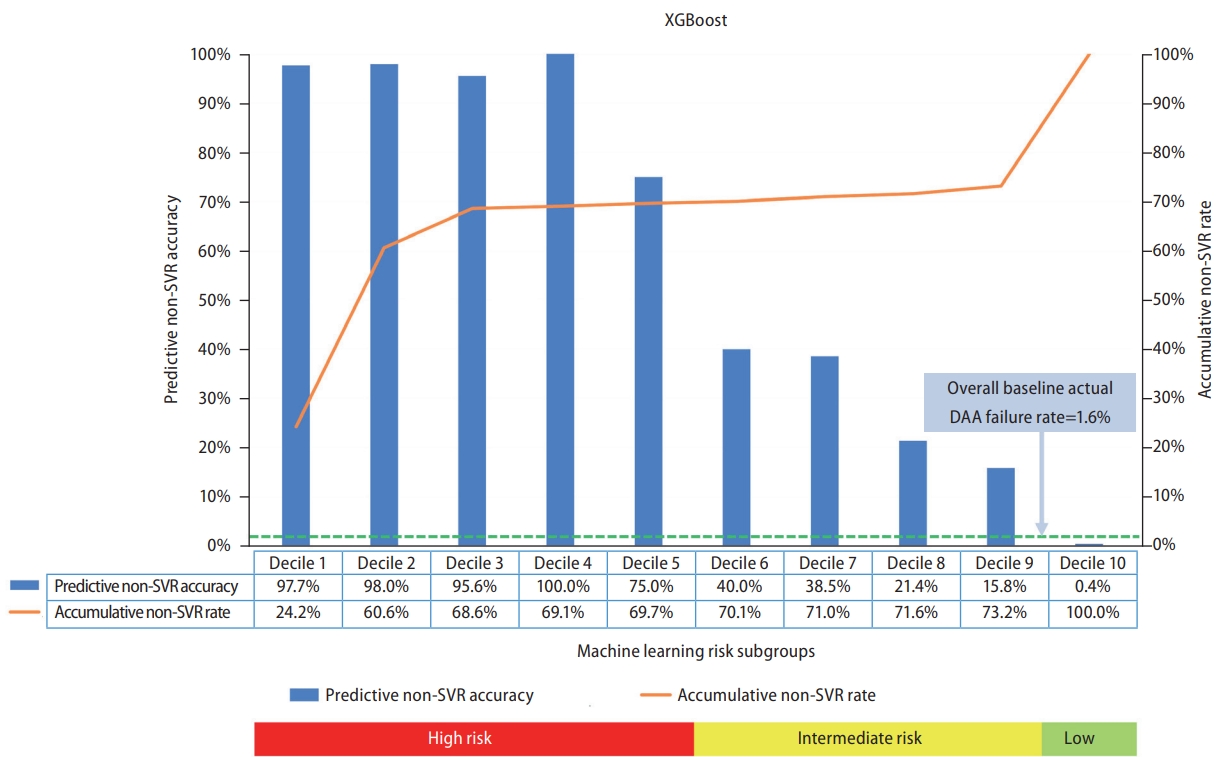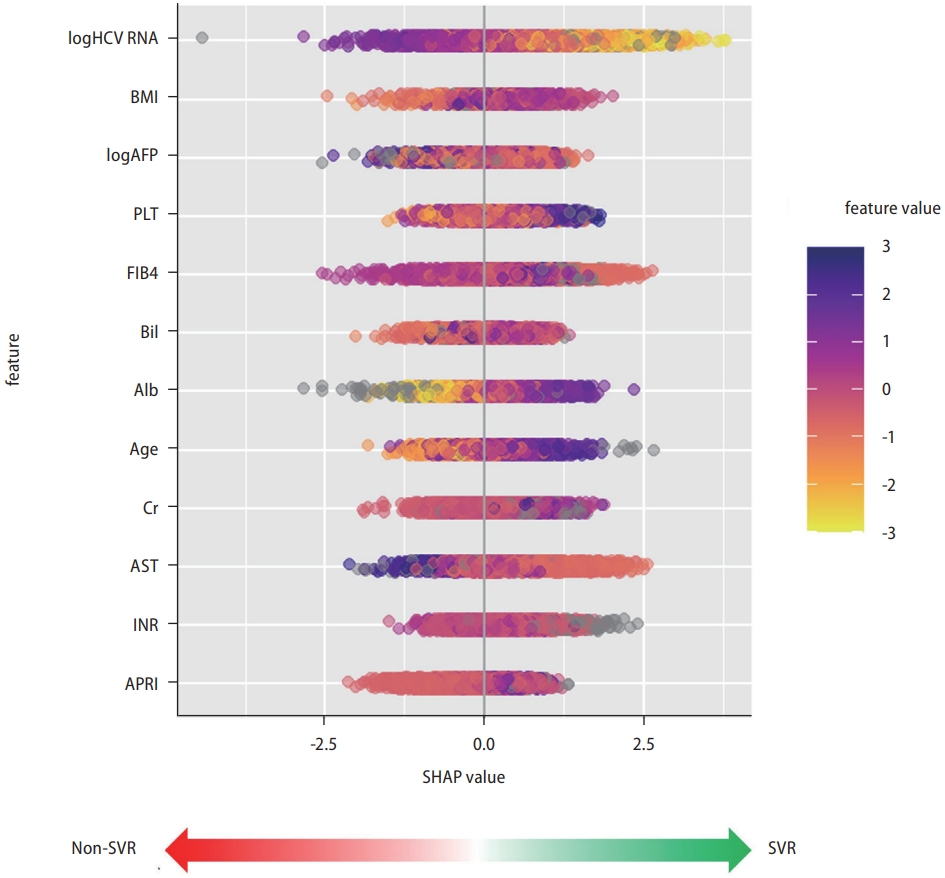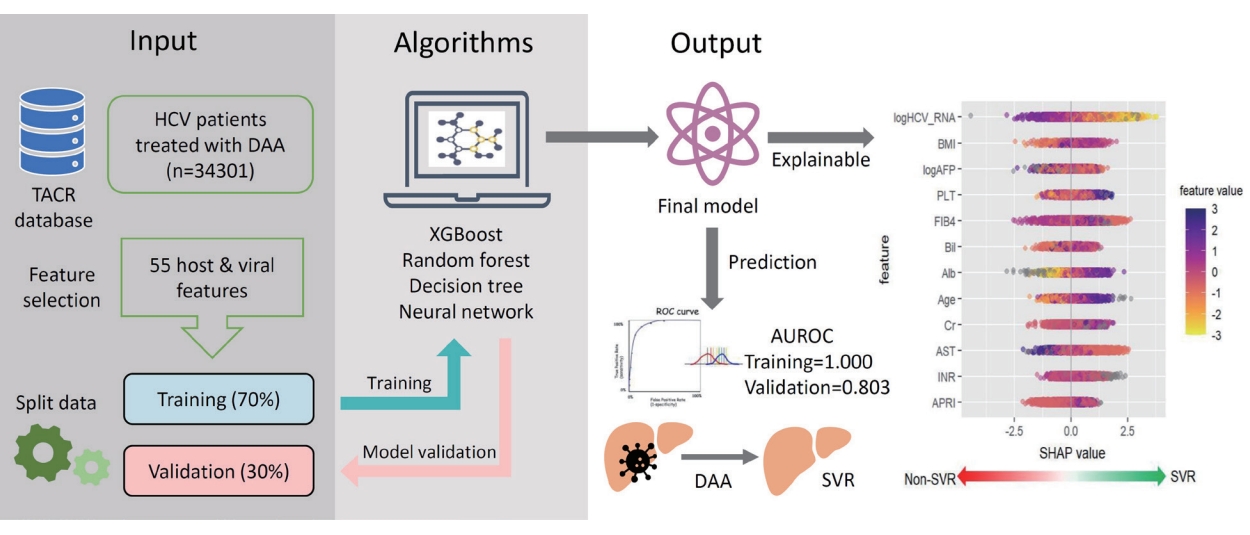1School of Medicine and Doctoral Program of Clinical and Experimental Medicine, College of Medicine and Center of Excellence for Metabolic Associated Fatty Liver Disease, National Sun Yat-sen University, Kaohsiung, Taiwan
2Hepatobiliary Division, Department of Internal Medicine and Hepatitis Center, Kaohsiung Medical University Hospital, Kaohsiung Medical University, Kaohsiung, Taiwan
3Hepatitis Research Center, College of Medicine and Center for Liquid Biopsy and Cohort Research, Kaohsiung Medical University, Kaohsiung, Taiwan
4Ph.D. Program in Translational Medicine, College of Medicine, Kaohsiung Medical University, Kaohsiung, and Academia Sinica, Taipei, Taiwan
5Division of Hepatogastroenterology, Department of Internal Medicine, Kaohsiung Chang Gung Memorial Hospital, Kaohsiung, Taiwan
6Division of Gastroenterology and Hepatology, Department of Internal Medicine, E-Da Hospital, I-Shou University, Kaohsiung, Taiwan
7School of Medicine for International Students, College of Medicine, I-Shou University, Kaohsiung, Taiwan
8Division of Gastroenterology, Tainan Municipal Hospital (Managed By Show Chwan Medical Care Corporation), Tainan, Taiwan
9Division of Gastroenterology and Hepatology, Department of Internal Medicine, Chi Mei Medical Center, Yongkang District, Tainan, Taiwan
10Department of Internal Medicine, Dalin Tzu Chi Hospital, Buddhist Tzu Chi Medical Foundation, Chiayi, Taiwan
11School of Medicine, Tzuchi University, Hualien, Taiwan
12Division of Gastroenterology, Department of Internal Medicine, St. Martin De Porres Hospital, Chiayi, Taiwan
13Division of Gastroenterology, Department of Internal Medicine, Taitung Mackay Memorial Hospital, Taitung, Taiwan
14Mackay Medical College, New Taipei City, Taiwan
15Division of Gastroenterology, Department of Internal Medicine, YuanŌĆÖs General Hospital, Kaohsiung, Taiwan
16Division of Gastroenterology, Department of Internal Medicine, Tri-Service General Hospital, National Defense Medical Center, Taipei, Taiwan
17Division of Gastroenterology, Department of Internal Medicine, Tri-Service General Hospital Penghu Branch, National Defense Medical Center, Taipei, Taiwan
18School of Medicine, Chung Shan Medical University, Department of Internal Medicine, Chung Shan Medical University Hospital, Taichung, Taiwan
19Division of Gastroenterology, Kaohsiung Armed Forces General Hospital, Kaohsiung, Taiwan
20Division of Gastroenterology and Hepatology, Department of Internal Medicine, Chi Mei Medical Center, Liouying, Tainan, Taiwan
21Lotung Poh-Ai Hospital, Yilan, Taiwan
22Division of Gastroenterology and Hepatology, Department of Medicine, Taipei Veterans General Hospital, Taipei, Taiwan
23Institute of Clinical Medicine, School of Medicine, National Yang-Ming Chiao Tung University, Taipei, Taiwan
24Division of Hepatology and Gastroenterology, Department of Internal Medicine, Shin Kong Wu Ho-Su Memorial Hospital, Taipei, Taiwan
25School of Medicine, Fu-Jen Catholic University, New Taipei City, Taiwan
26Department of Medicine, Hualien Tzu Chi Hospital, Buddhist Tzu Chi Medical Foundation and Tzu Chi University, Hualien, Taiwan
27Department of Gastroenterology, Division of Internal Medicine, Show Chwan Memorial Hospital, Changhua, Taiwan
28Division of Gastroenterology and Hepatology, Department of Internal Medicine, Taichung Veterans General Hospital, Taichung, Taiwan
29Division of Gastroenterology and Hepatology, Department of Internal Medicine, National Cheng Kung University Hospital, College of Medicine, National Cheng Kung University, Tainan, Taiwan
30Liver Center, Cathay General Hospital, Taipei, Taiwan
31Wen-Chih Wu Clinic, Fengshan, Kaohsiung, Taiwan
32Division of Infectious Diseases, Department of Internal Medicine, Taoyuan General Hospital, Ministry of Health and Welfare, Taoyuan, Taiwan
33Penghu Hospital, Ministry of Health and Welfare, Penghu, Taiwan
34Zhou Guoxiong Clinic, Penghu, Taiwan
35Kaohsiung Veterans General Hospital, Kaohsiung, Taiwan
36National Taiwan University Hospital Hsin-Chu Branch, Hsinchu, Taiwan
37Liver Research Unit, Department of Hepato-Gastroenterology and Community Medicine Research Center, Chang Gung Memorial Hospital at Keelung, College of Medicine, Chang Gung University, Keelung, Taiwan
38Taipei Tzu Chi Hospital, Buddhist Tzu Chi Medical Foundation and School of Medicine, Tzu Chi University, Taipei, Taiwan
39Cishan Hospital, Ministry of Health and Welfare, Kaohsiung, Taiwan
40Department of Gastroenterology, Renai Branch, Taipei City Hospital, Taipei, Taiwan
41Department of Gastroenterology and Hepatology, Changhua Christian Hospital, Changhua, Taiwan
42Division of Gastroenterology and Hepatology, Far Eastern Memorial Hospital, New Taipei City, Taiwan
43Division of Hepatogastroenterology, Department of Internal Medicine, Chang Gung Memorial Hospital, Chiayi, Taiwan and College of Medicine, Chang Gung University, Taoyuan, Taiwan
44Hepatitis Research Center and Department of Internal Medicine, National Taiwan University Hospital, Taipei, Taiwan
45Center for Digestive Medicine, Department of Internal Medicine, China Medical University Hospital, Taichung, Taiwan
46School of Medicine, China Medical University, Taichung, Taiwan
47Department of Computer Science and Engineering, National Sun Yat-sen University, Kaohsiung, Taiwan
48Division of Gastroenterology and Hepatology, Department of Medicine, Ditmanson Medical Foundation Chiayi Christian Hospital, Chiayi, Taiwan











 PDF Links
PDF Links PubReader
PubReader ePub Link
ePub Link Full text via DOI
Full text via DOI Download Citation
Download Citation Supplement1
Supplement1 Print
Print



